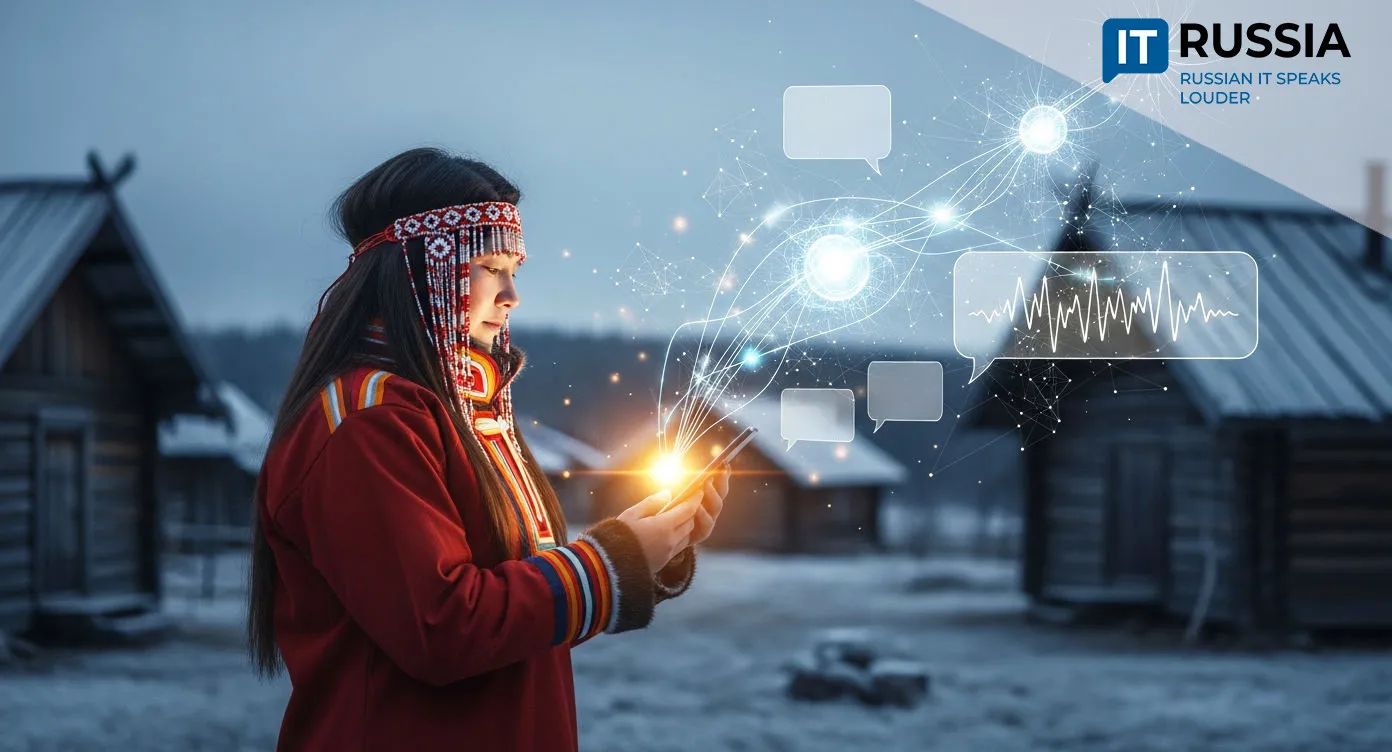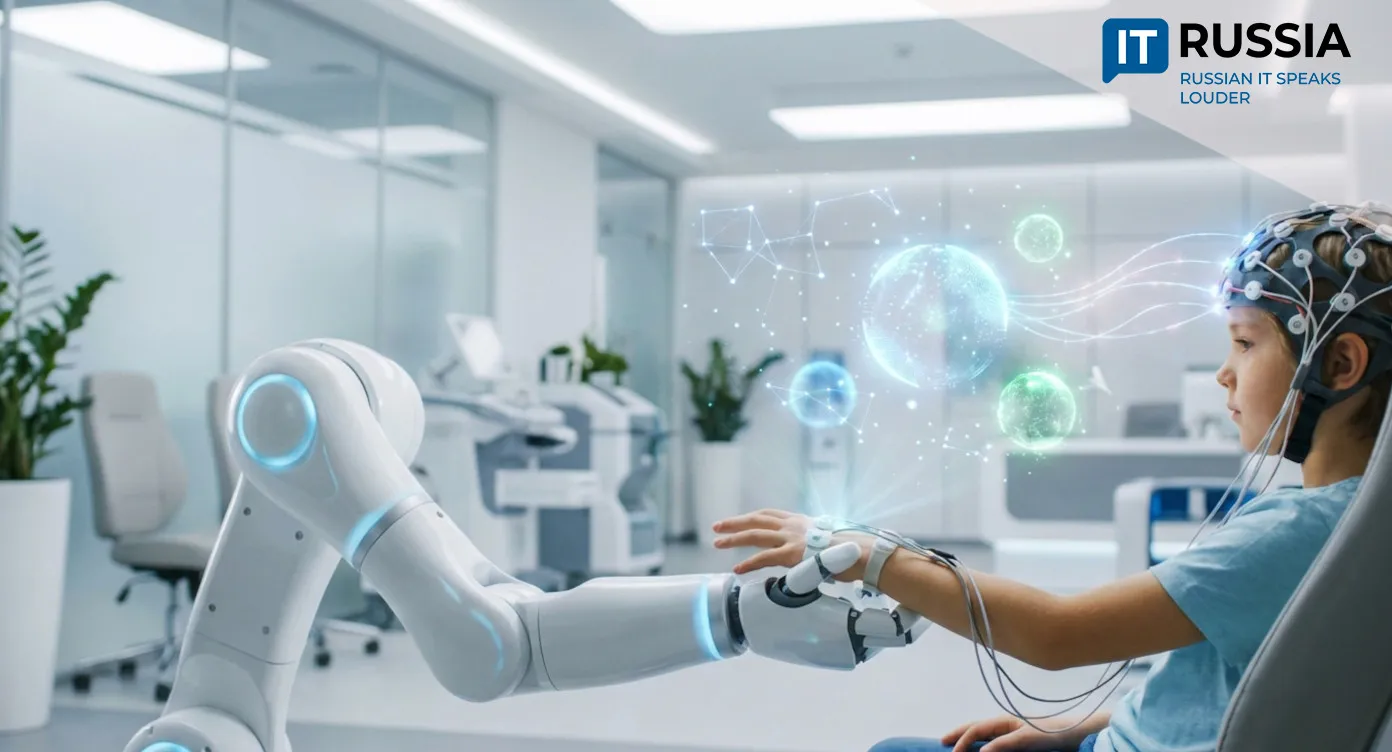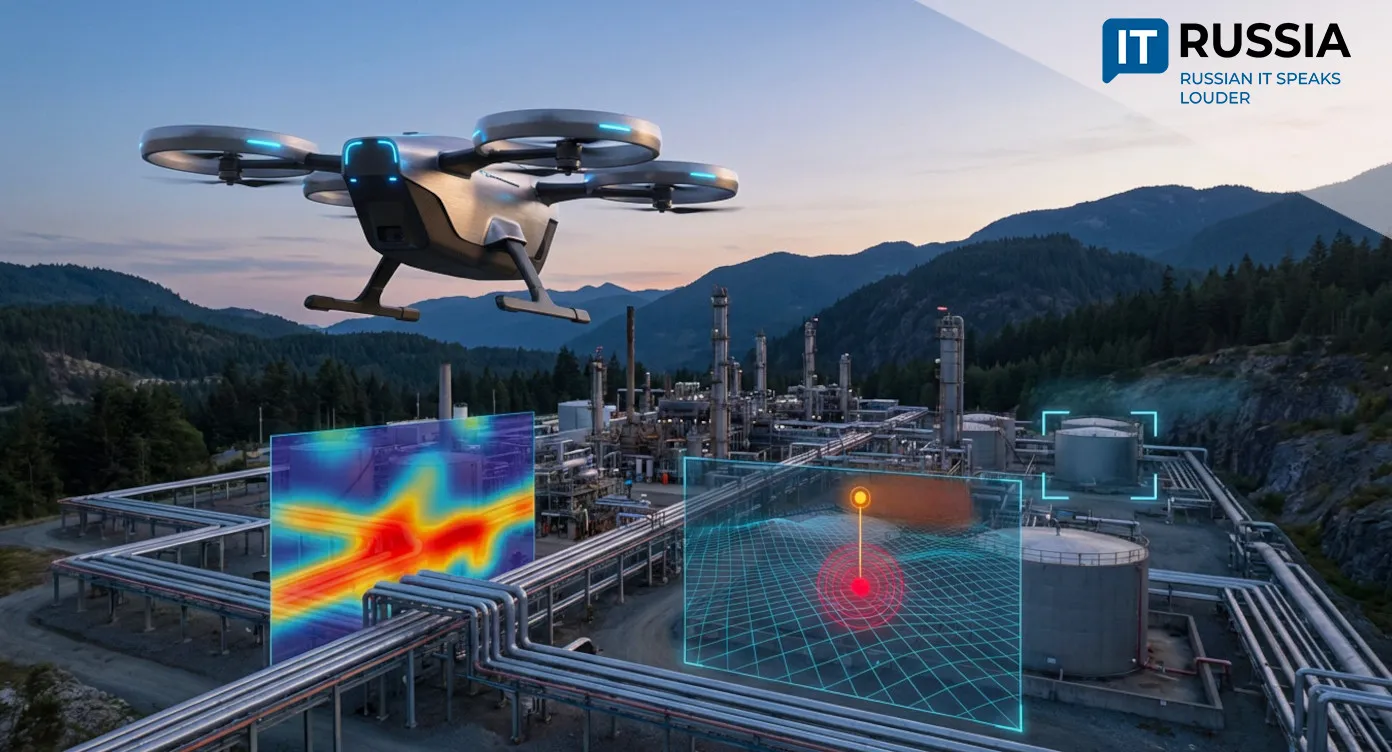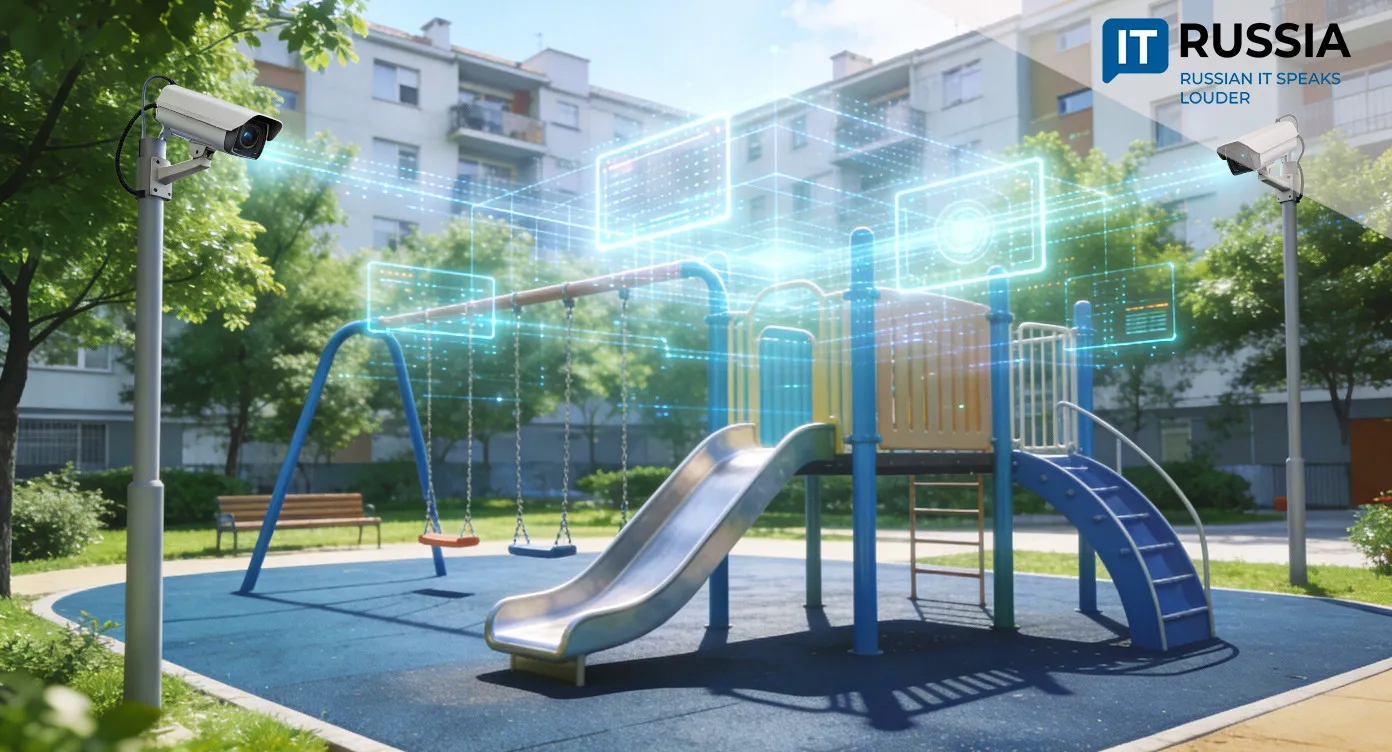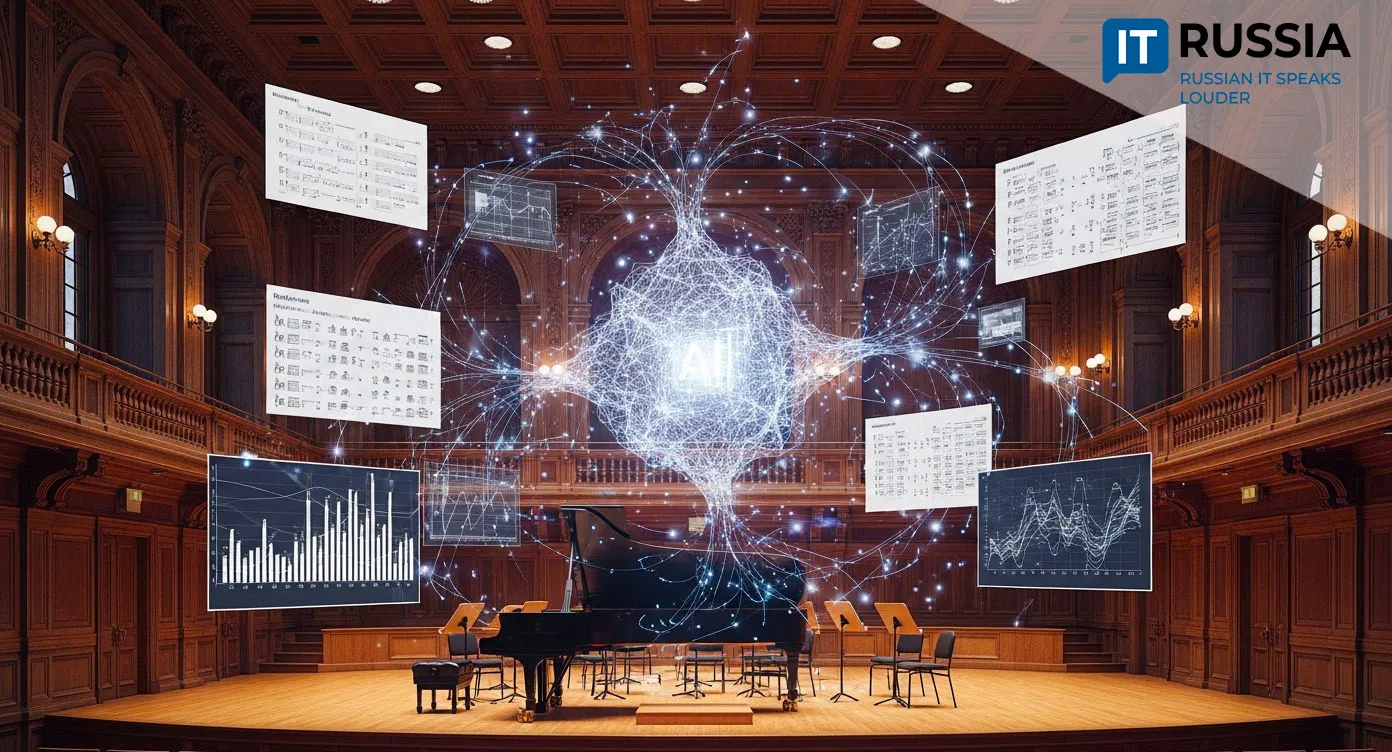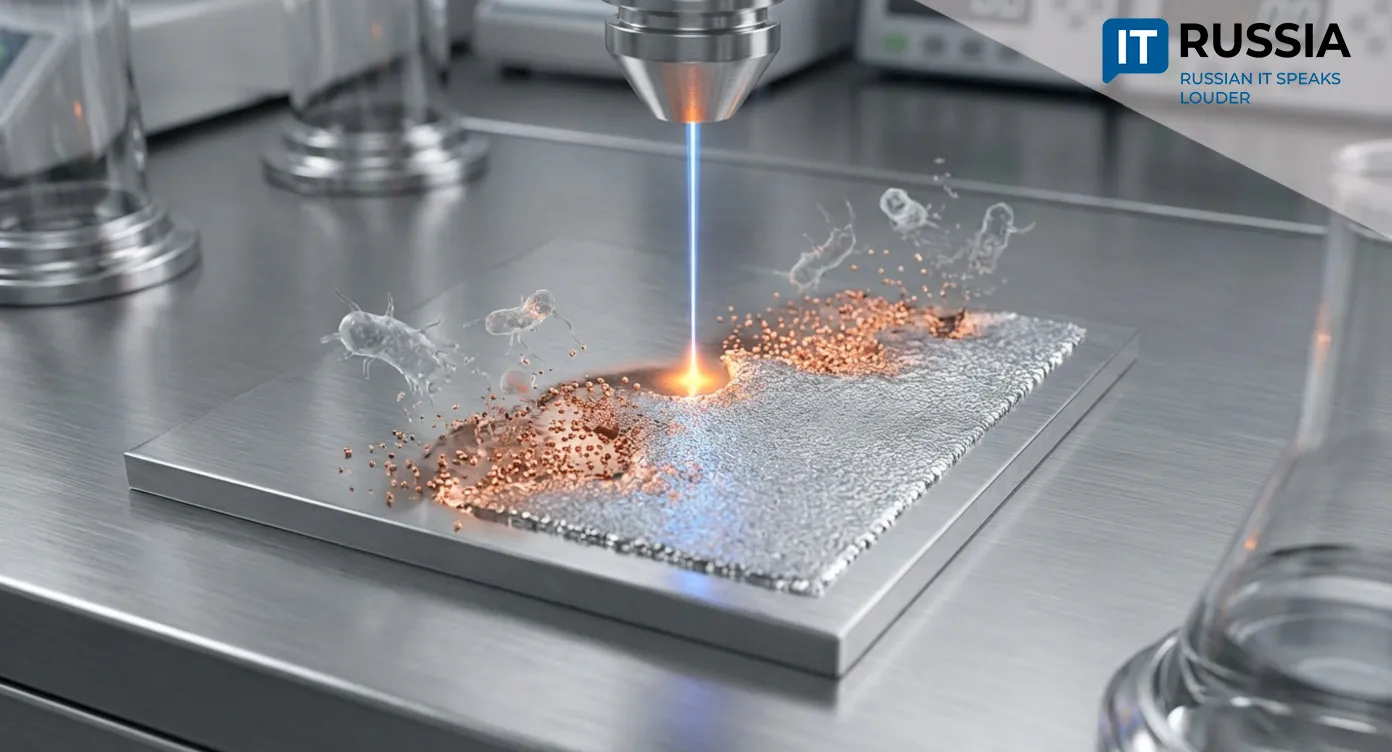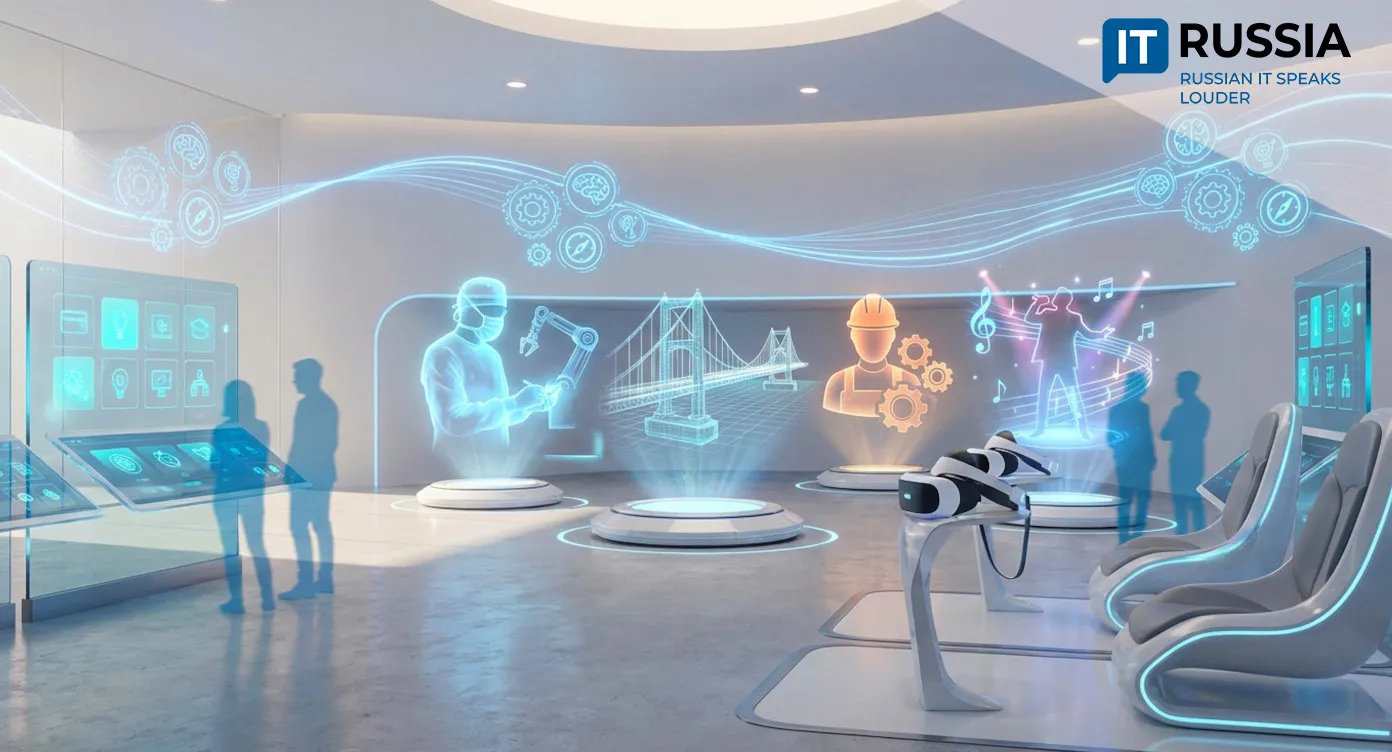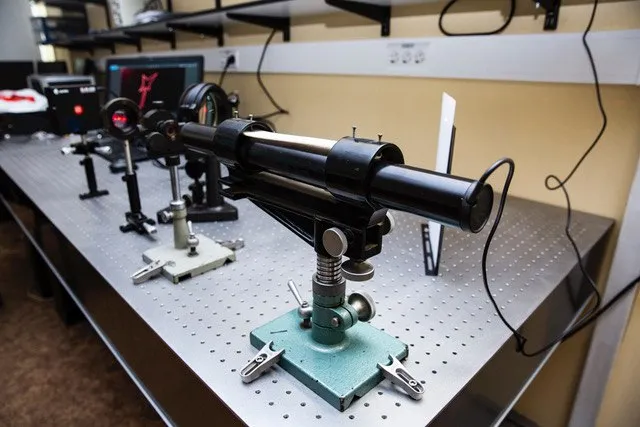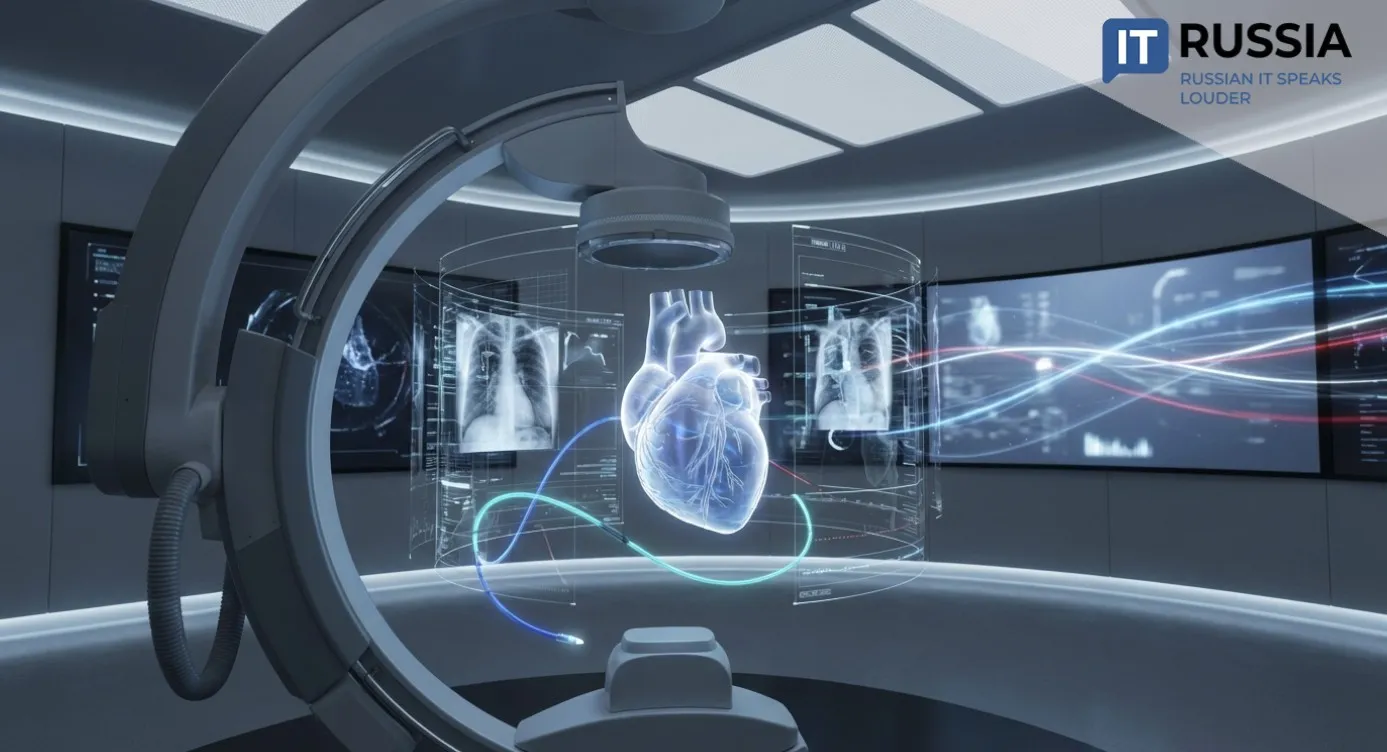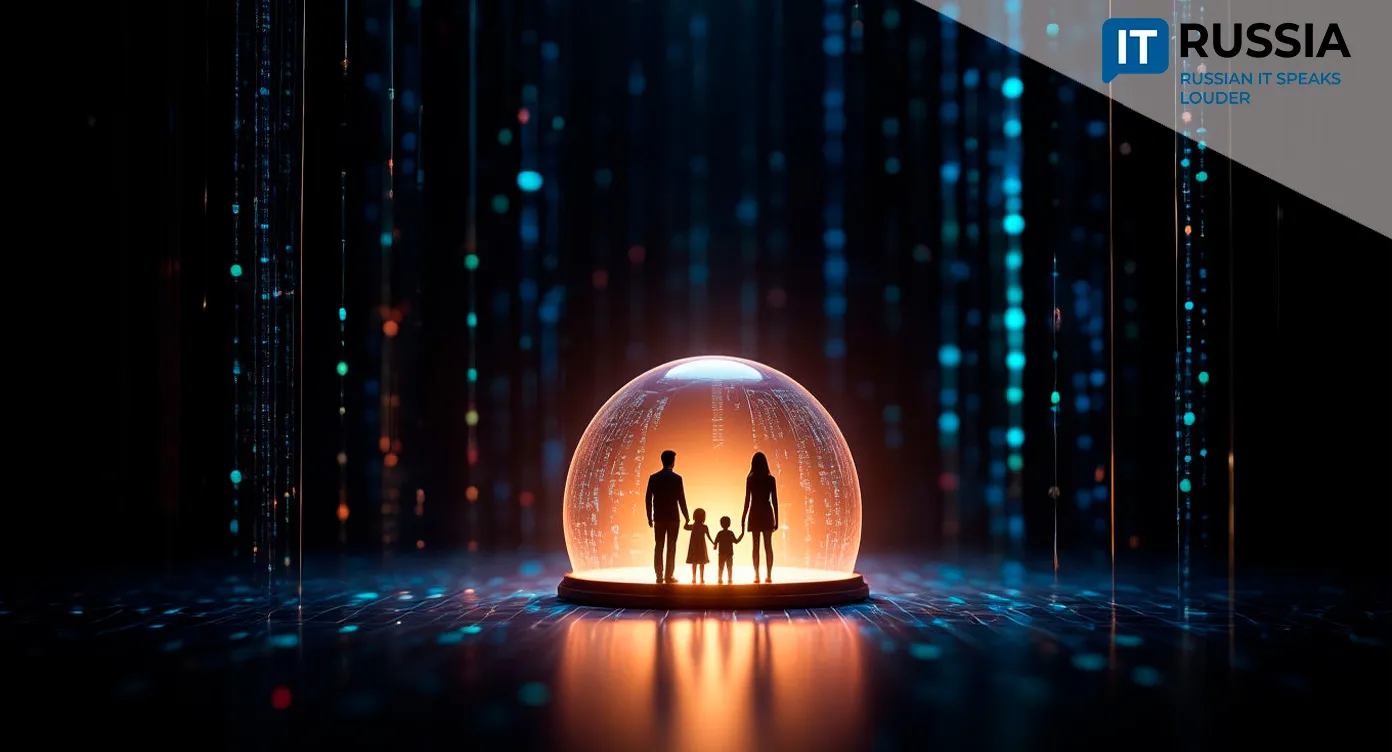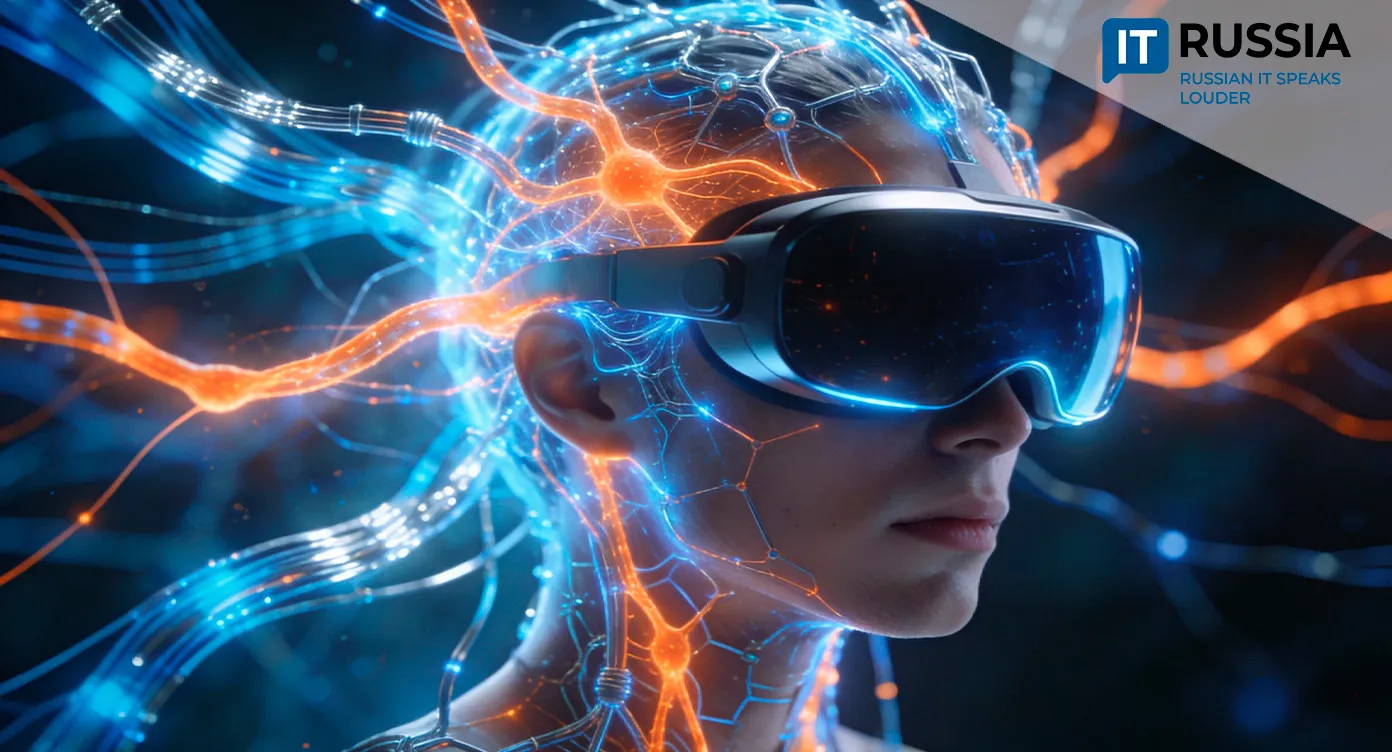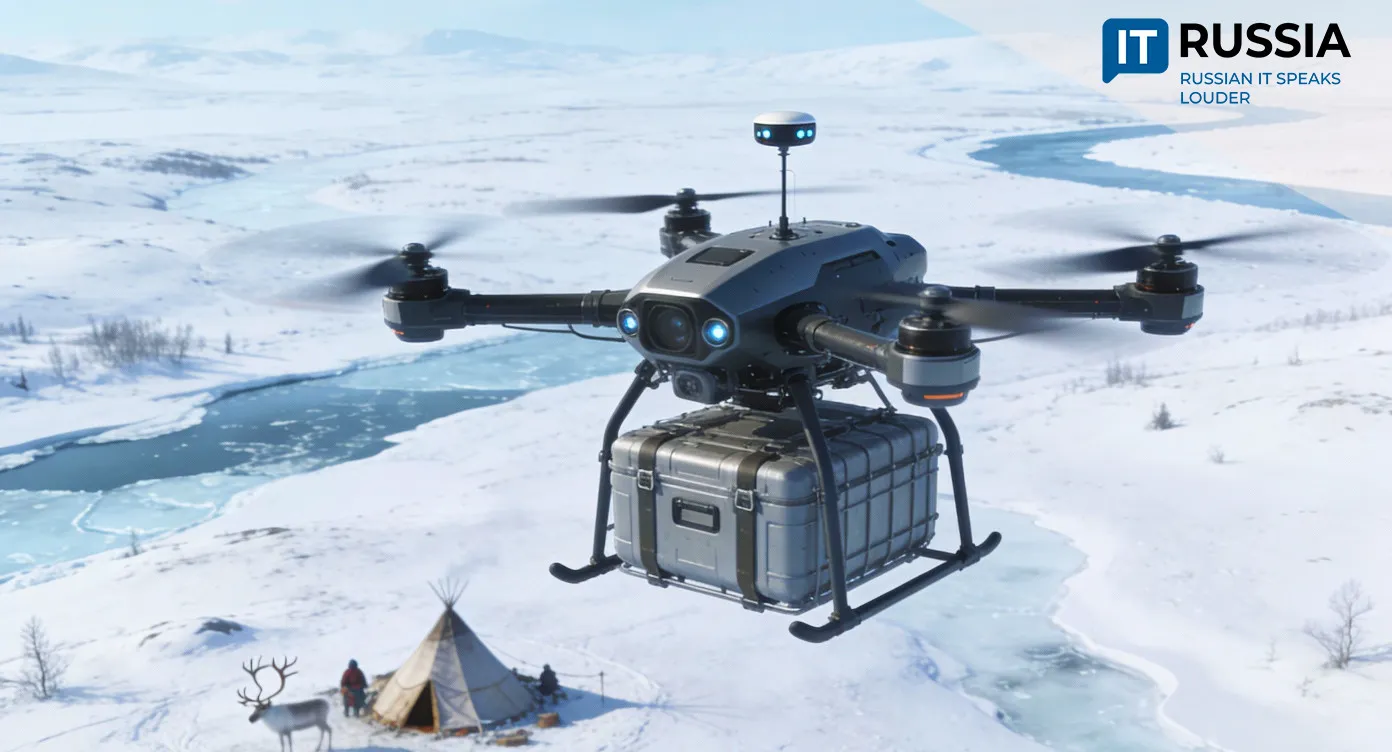Russian Restorers Use 3D Tech to Give Historic Monuments a Second Life
Across Russia, scientists and engineers are turning cutting-edge 3D modeling and scanning technologies into powerful tools for cultural preservation. From crumbling Byzantine churches on the Black Sea coast to wooden fortresses in the Far East, historic monuments are getting a digital second life — and a chance to live again, both virtually and in reality.
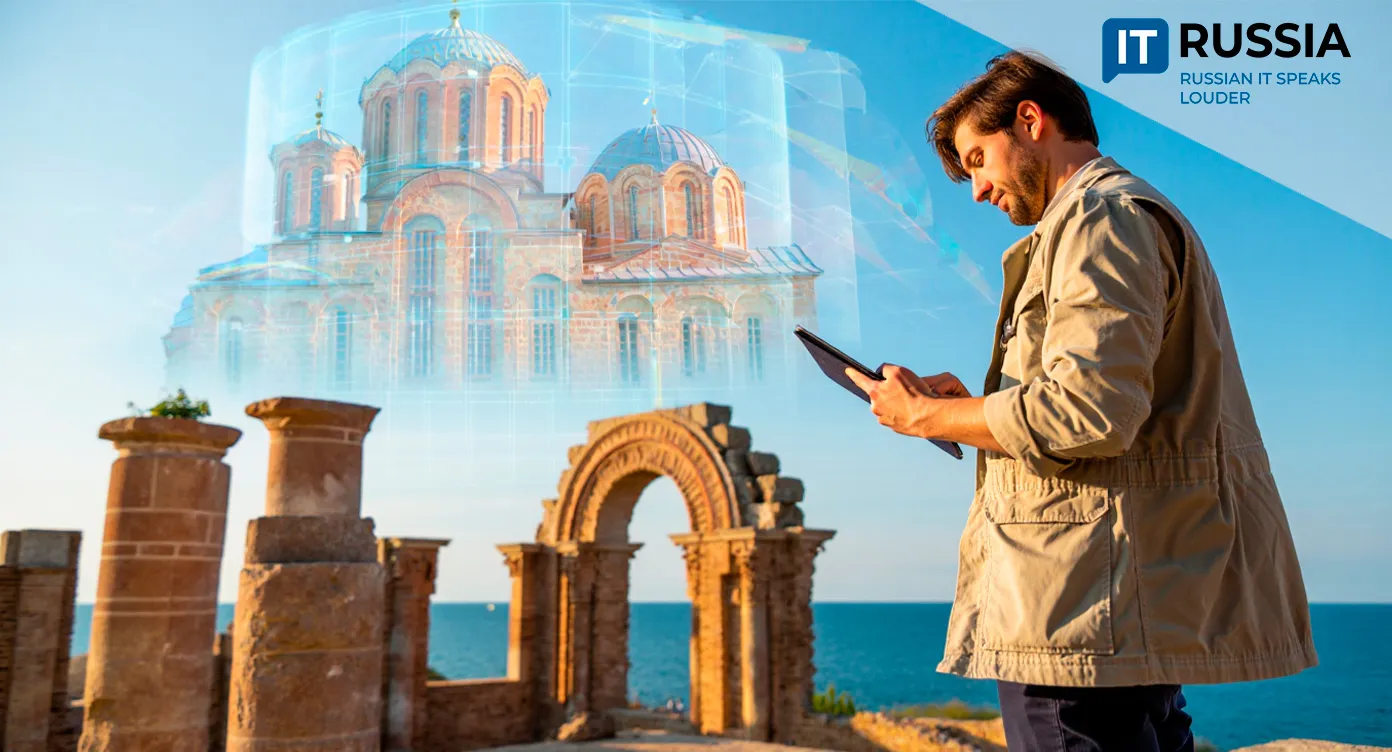
The Black Sea’s Forgotten Treasures
In the hills near Sochi, the ruins of ancient churches — some more than a thousand years old — are being digitally reconstructed. Russian researchers are using advanced scanning and photogrammetry to create 3D models of these early Byzantine-style temples, many of which have survived wars, natural disasters, and centuries of neglect.
The restoration process is slow and costly, requiring rare expertise and precision. In some cases, physical reconstruction is impossible. For the church ruins in the village of Loo, for instance, digital modeling remains the only viable preservation method. Researchers capture detailed scans, compare them to archaeological drawings, and generate virtual replicas or even miniature 3D-printed models. These digital reconstructions return lost architecture to the cultural space, offering future generations both an archive and a blueprint for restoration.
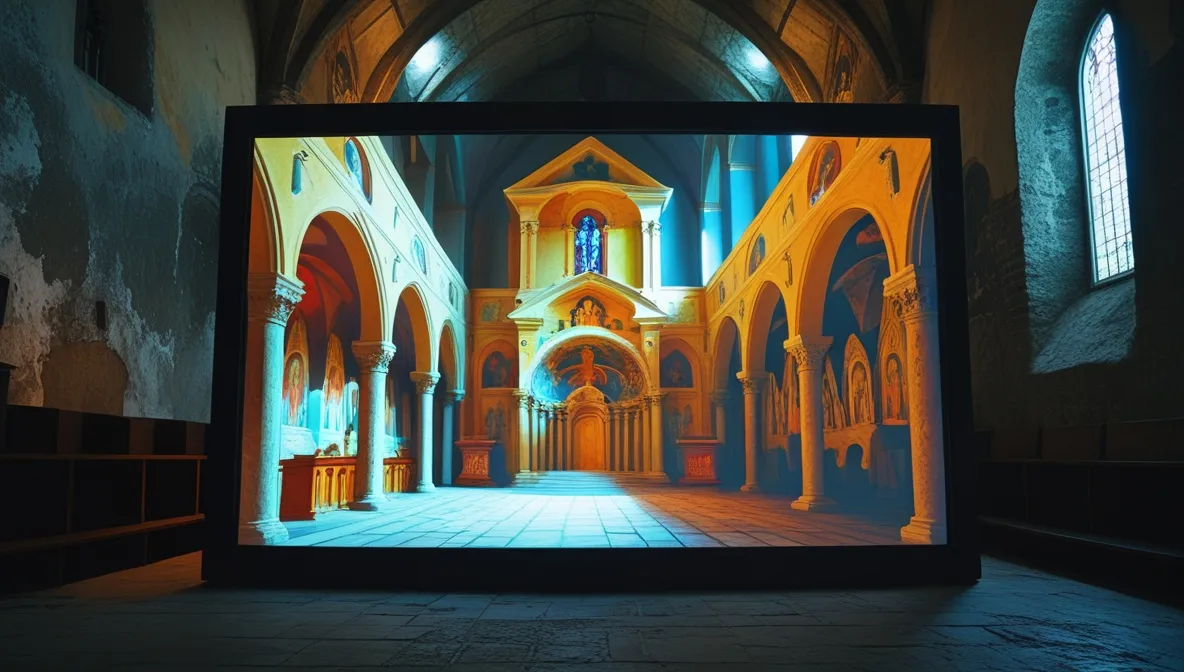
Fortress on the Amur
In Russia’s Far East, students and professors at Amur State University have recreated a highly detailed model of the Albazinsky Fortress — a site that played a crucial role in the country’s expansion eastward. The success of digital restoration depends on the amount and quality of reference data, as well as the condition of surviving fragments. Using this information, researchers digitally reconstructed key architectural elements and defensive walls.
“The Resurrection Church was particularly challenging,” said Alexey Natfin, a Ph.D. student at Amur State University. “We had very little surviving documentation, so we had to rely on historical analogs and traditional wooden architecture principles.”
Novgorod’s Digital Heritage
At Yaroslav the Wise Novgorod State University (NovSU), researchers have developed a 3D model of the Church of the Annunciation at Gorodishche, founded in the early 12th century. The model formed the basis for a new digital heritage passport, documenting every detail of the site’s structure and condition.
The project involved the Laboratory for Information Modeling Technologies and the Department of Structural Engineering at NovSU, with support from the Russian Academy of Sciences, the Novgorod Museum-Reserve, and the Center for Monumental Painting Restoration. Laser scanning, archival materials, academic publications, and restoration blueprints were all used to reconstruct how the church looked at different points in history.
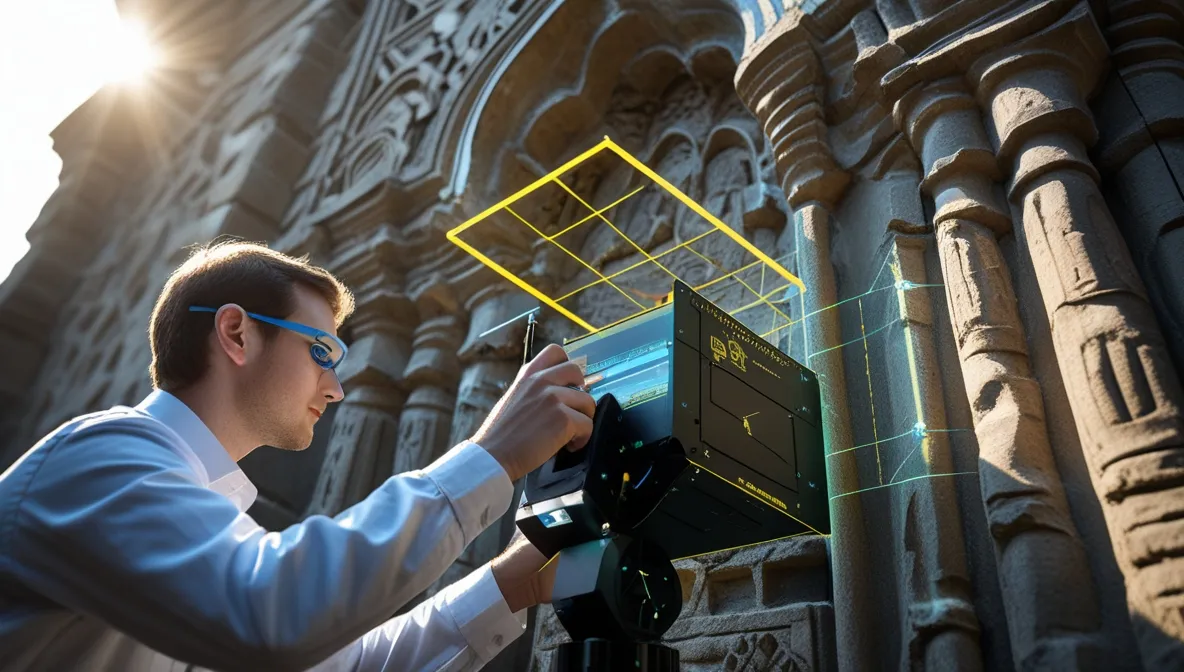
According to Associate Professor Kirill Varenik, the 3D models go beyond simple visualization — they also include data on lost frescoes and interior details, many of which have been partially restored through digital artistry.
Building a Digital Restoration School
Russia is establishing its own school of digital restoration, where specialists merge IT and cultural heritage expertise. St. Petersburg researchers are already applying these methods abroad, including at historic sites in Palmyra and Aleppo. There, scientists are digitally reconstructing the Temple of Baalshamin, Zenobia’s column, and sections of Diocletian’s Camp — monuments heavily damaged by war.
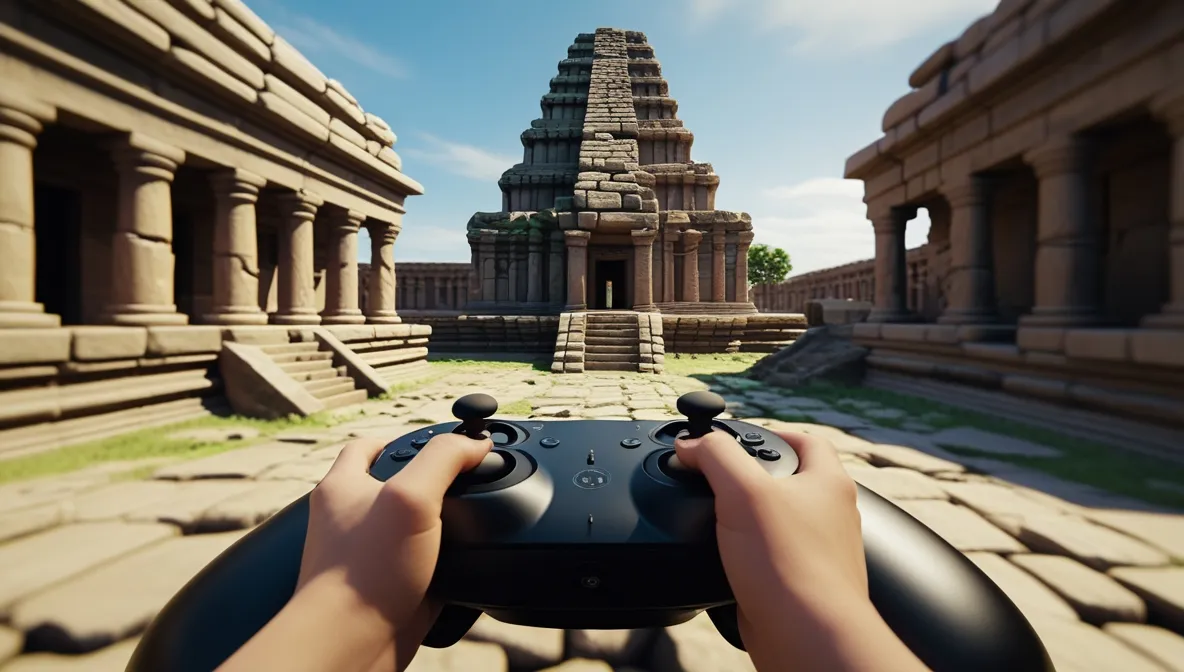
The country’s digital reconstruction projects are expanding fast, and experts believe 3D cultural documentation will soon become a standard practice. Virtual tours based on these models could offer educational and immersive experiences for visitors worldwide. In the long term, Russia plans to establish national standards for 3D documentation and integrate these models into digital archives and tourism platforms.
The innovations of Russian restorers have global significance: their experience could help preserve architectural masterpieces far beyond their borders.



